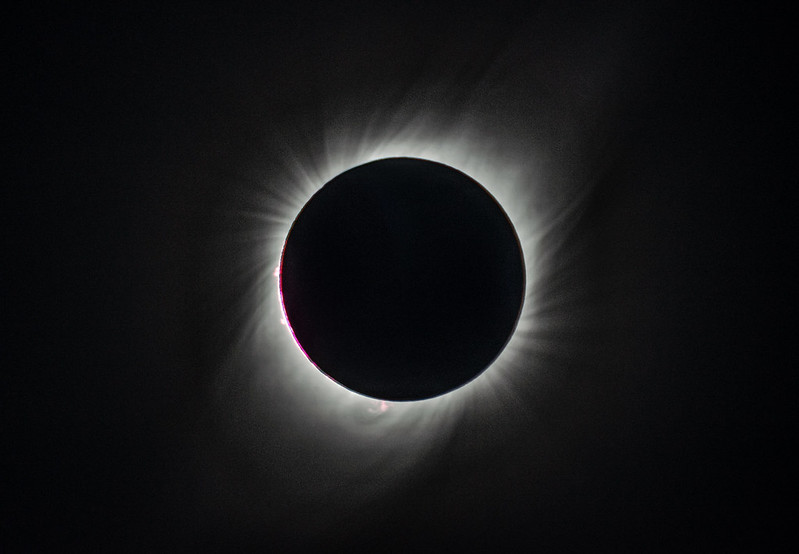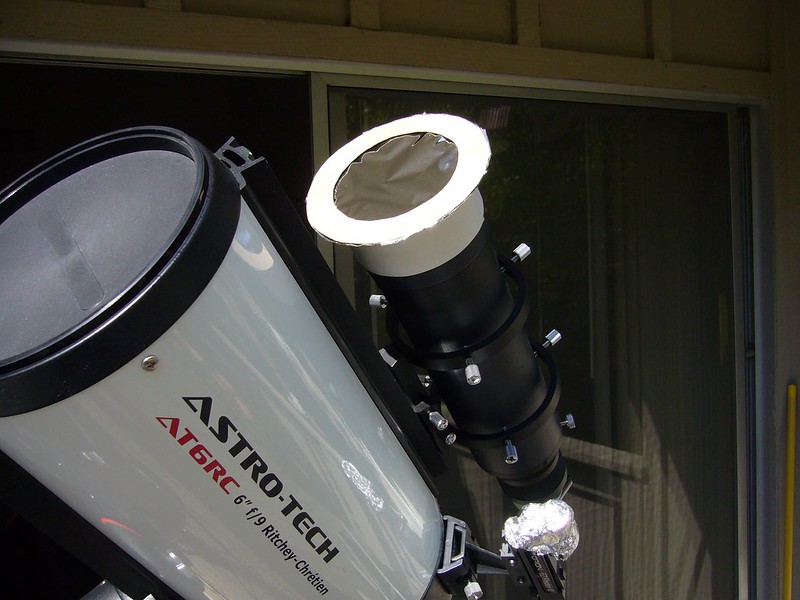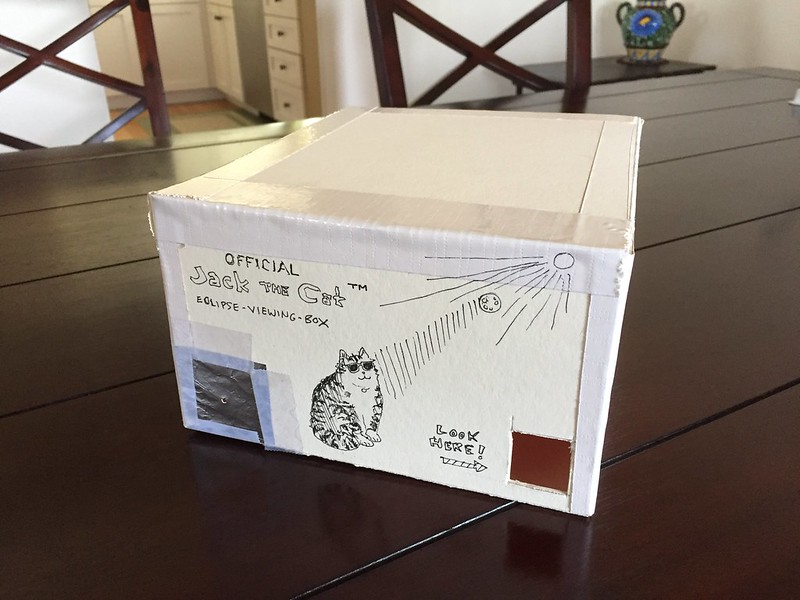Good news for skywatchers and astronomy enthusiasts in North America as a rare total solar eclipse will be observed on 8th April 2024 throughout various locations in USA, Canada and Mexico.
To understand the rarity of the event the last total solar eclipse visible in the US was in 2017, for Mexico it was 1991, being and for Canada it was 1979.
Let us take a look into this comprehensive guide on how to watch the upcoming eclipse.
What is a Solar Eclipse?
A solar eclipse occurs when the Moon passes between Earth and the Sun, thereby obscuring the view of the Sun from a small part of the Earth, either totally or partially. In a solar eclipse, the Sun, Moon, and the Earth are in alignment, and the Moon casts two types of shadows toward the Earth, known as the umbra and penumbra.

A total solar eclipse happens when the Moon completely covers the face of the Sun. To see it, you have to be somewhere within a narrow path of totality. During a total solar eclipse, the dark silhouette of the Moon entirely obscures the intensely bright light of the Sun. This allows the much fainter solar corona to be visible. The total phase of the eclipse, where the Moon completely covers the Sun, is visible from along a narrow path of totality.

Safety Measures
Staring directly the photosphere of the Sun, even during an eclipse can result in permanent damage to the eyes, due to intense visible and invisible radiation that the photosphere emits. This damage can result in impairment of vision. The retina has no sensitivity to pain, and the effects of retinal damage may not appear for hours, so there is no warning that injury is occurring.
Here are a few safety protocols you should follow to view the event:
Use Solar Viewing Glasses

Invest in eclipse glasses that meet the ISO 12312-2 international safety standard. These glasses block harmful ultraviolet, visible, and infrared radiation.
Don’t Use Regular Sunglasses

Regular sunglasses, even very dark ones, are not safe for solar viewing. They don’t offer sufficient protection from the intense sunlight during an eclipse.
Use Solar Filters for Cameras and Telescopes

If you’re using cameras or telescopes to observe the eclipse, make sure they have solar filters securely attached. These filters prevent the concentrated sunlight from damaging your equipment and eyes.
Pinhole Projection

Create a pinhole projector using cardboard or paper to indirectly view the eclipse. This method projects an image of the eclipse onto a surface, allowing you to view it safely.
Avoid Looking Directly at the Sun
Even during a partial eclipse, avoid looking directly at the sun without proper eye protection. The sun’s intense rays can cause permanent eye damage or blindness.
Be Mindful of Reflections
Be cautious of reflections from shiny surfaces like water, glass, or metal. These reflections can also concentrate sunlight and cause eye damage.
Attend Organized Events

Consider attending organized eclipse viewing events hosted by astronomy clubs, science centers, or other reputable organizations. These events often provide safe viewing options and educational opportunities.
Supervise Children
Keep a close eye on children to ensure they follow safety guidelines. Educate them about the dangers of looking directly at the sun.
When and Where?
Totality of the eclipse will be visible in a narrow strip on the Pacific Ocean passing 200 nautical miles north of the Marquesas Islands and later in North America, beginning at the Pacific coast, then ascending in a northeasterly direction through Mexico, the United States, and Canada, before ending in the Atlantic Ocean.

In Mexico, the eclipse will begin around 11:07 a.m. PDT along the Pacific coast of Mexico, with the totality passing through the states of of Sinaloa, Durango and Coahuila.
In the United States, the totality will continue through states like Texas, Oklahoma, Arkansas, Missouri, Illinois, Kentucky, Indiana, Ohio, Pennsylvania, New York, Vermont, New Hampshire, and Maine (at around 3:35 p.m. EDT)
In Canada, the path of totality will continue through Maritime provinces like Southern Ontario, parts of southern Quebec, central New Brunswick, western Prince Edward Island, the northern tip of Cape Breton Island, Nova Scotia, and central Newfoundland, before ending on the eastern Atlantic coast of Newfoundland at 5:16 p.m. local time (3:46 p.m. ET).
The location that will experience the longest duration of totality is near Torreón, Mexico, where the peak of the eclipse will last 4 minutes and 28 seconds.
FAQs
[sp_easyaccordion id=”555″]
Read more about the Devil’s Comet here.

